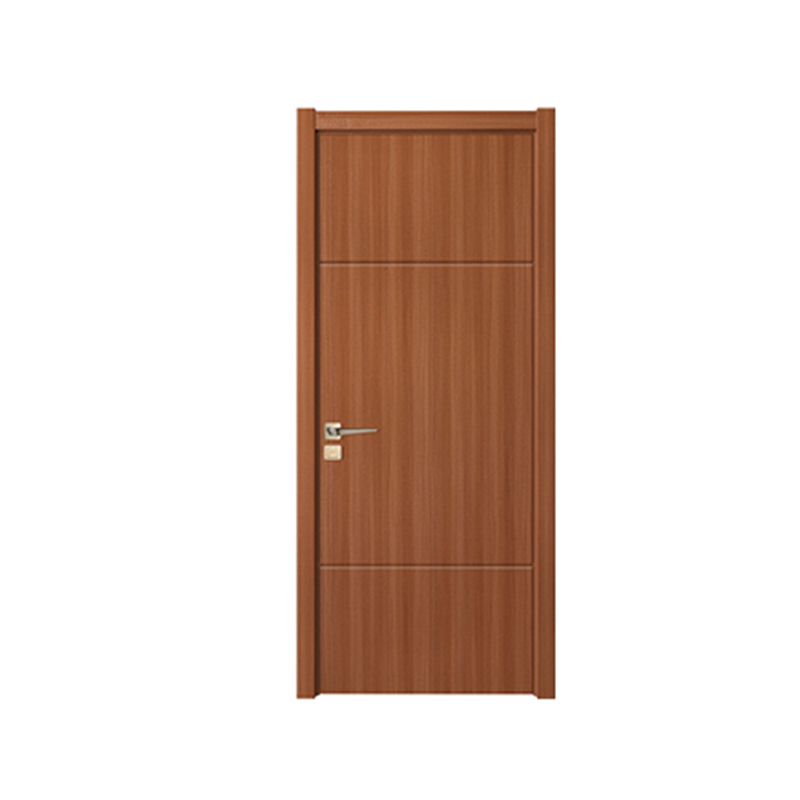2025-06-06
When selecting doors for homes or commercial spaces, durability is often a key consideration. Among the various options available, the veneer painted door has gained attention for its blend of aesthetic appeal and practicality. But how durable is a veneer painted door compared to other common door types? Understanding this requires looking at its construction, materials, and typical usage environments.
A veneer painted door typically consists of a core material, often made from solid wood, MDF (medium-density fiberboard), or engineered wood, which is then covered with a thin layer of wood veneer. This veneer layer is painted to achieve the desired color and finish. The combination aims to offer the appearance of solid wood with some benefits in terms of cost and surface smoothness.
One factor that influences the durability of a veneer painted door is the quality of the veneer and paint used. High-quality veneer layers can resist minor scratches and dents, while a good paint job provides a protective coating against moisture and wear. Compared to solid wood doors, veneer painted doors might be less prone to warping or cracking since the underlying core materials are often engineered for stability.

In contrast, solid wood doors offer natural strength and longevity but can be more susceptible to environmental changes such as humidity and temperature shifts. This sometimes causes swelling, shrinking, or cracking over time. On the other hand, a veneer painted door with an engineered wood core can provide better dimensional stability, which may translate to fewer maintenance issues in fluctuating climates.
Compared to hollow core doors, which are usually made with a thin wood or fiberboard shell surrounding a cardboard or honeycomb core, the veneer painted door generally offers improved durability. Hollow core doors are often lighter and more affordable but tend to be less resistant to impact or damage. The veneer layer on a painted door adds an extra element of protection, making it more suitable for areas with higher traffic or use.
Another door type to consider is the laminate door, which uses a plastic or resin layer instead of wood veneer. Laminate doors are often very resistant to stains and scratches but can lack the natural warmth and texture that a veneer painted door provides. The choice between these options often depends on the balance between desired aesthetics and performance needs.
Maintenance also plays a role in the lifespan of a veneer painted door. With proper care, such as regular cleaning with mild detergents and avoiding excessive moisture, the door can maintain its appearance and functionality for many years. If the paint layer is damaged, it can often be repaired or repainted without replacing the entire door, which is an advantage over some other door types.
In terms of cost, a veneer painted door often falls between solid wood and hollow core doors. This makes it a practical choice for those looking for a durable option that does not carry the higher price tag of solid wood, while still offering more substance and quality than hollow core models.
In summary, a veneer painted door provides a durable option that combines visual appeal with reasonable resistance to wear and environmental factors. While it may not match the absolute strength of solid wood doors, it generally performs better than hollow core or basic laminate doors in durability. Its paint finish adds a protective layer that can be maintained or refreshed over time, extending the door’s usability. For many applications, a veneer painted door balances durability, cost, and appearance effectively.
